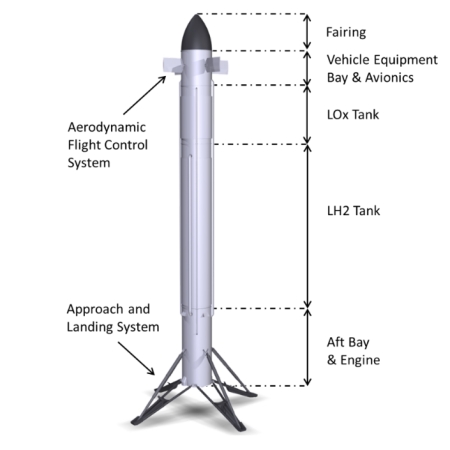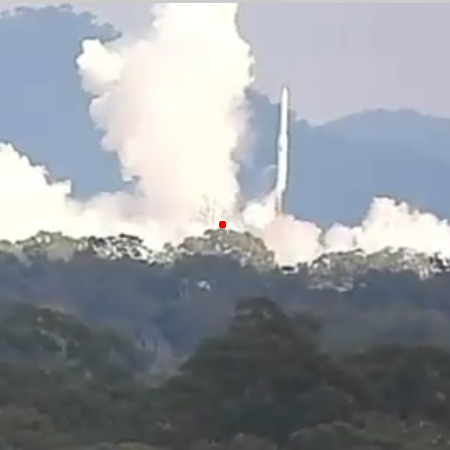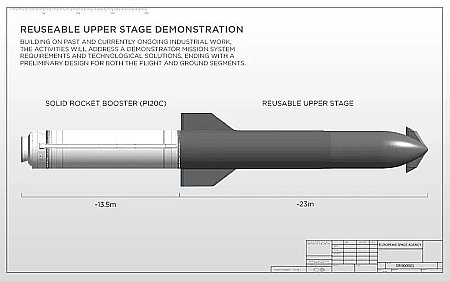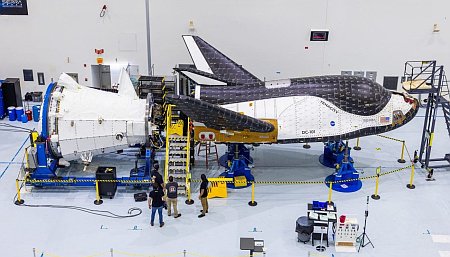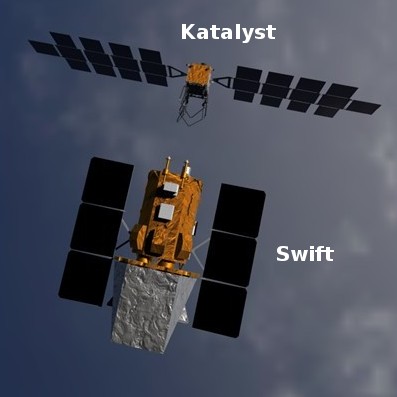Faced with loss of the federal gravy train, Lowell Observatory makes major changes
According to a press release last week, the Lowell Observatory in Arizona is now making major changes to it management and operations due to “declines in federal research funding.”
The new framework centers on two defining pursuits: Planetary Defense, safeguarding our world from cosmic hazards, and Exoplanetary Research, seeking to understand distant worlds and the potential for life beyond Earth.
Declines in federal research funding, coupled with uncertainty about future national priorities, have impacted research institutions across the country. At the same time, Lowell’s historic reliance on internal funding to sustain research is no longer a viable long-term model. To ensure stability and growth, the Observatory will focus its efforts on key scientific areas while building new endowments to support the scientists and technology that drive discovery.
Essentially, it can no longer depend on easy federal cash (thank you Donald Trump!), and thus needs to actually do real research work in fields that others consider important. It will also abandon its “traditional academic tenure system.” Scientists who use the facility will now have to earn that right, in a case-by-case basis. And such researchers will have to be funded by “private, endowed support.”
In other words, Lowell is returning to the model that had been used by American researchers for most of the nation’s history, until World War II, getting their funding from private sources rather than the federal teat.
We should expect therefore the work at Lowell to become more effective and focused, something it has not been for decades.
According to a press release last week, the Lowell Observatory in Arizona is now making major changes to it management and operations due to “declines in federal research funding.”
The new framework centers on two defining pursuits: Planetary Defense, safeguarding our world from cosmic hazards, and Exoplanetary Research, seeking to understand distant worlds and the potential for life beyond Earth.
Declines in federal research funding, coupled with uncertainty about future national priorities, have impacted research institutions across the country. At the same time, Lowell’s historic reliance on internal funding to sustain research is no longer a viable long-term model. To ensure stability and growth, the Observatory will focus its efforts on key scientific areas while building new endowments to support the scientists and technology that drive discovery.
Essentially, it can no longer depend on easy federal cash (thank you Donald Trump!), and thus needs to actually do real research work in fields that others consider important. It will also abandon its “traditional academic tenure system.” Scientists who use the facility will now have to earn that right, in a case-by-case basis. And such researchers will have to be funded by “private, endowed support.”
In other words, Lowell is returning to the model that had been used by American researchers for most of the nation’s history, until World War II, getting their funding from private sources rather than the federal teat.
We should expect therefore the work at Lowell to become more effective and focused, something it has not been for decades.

